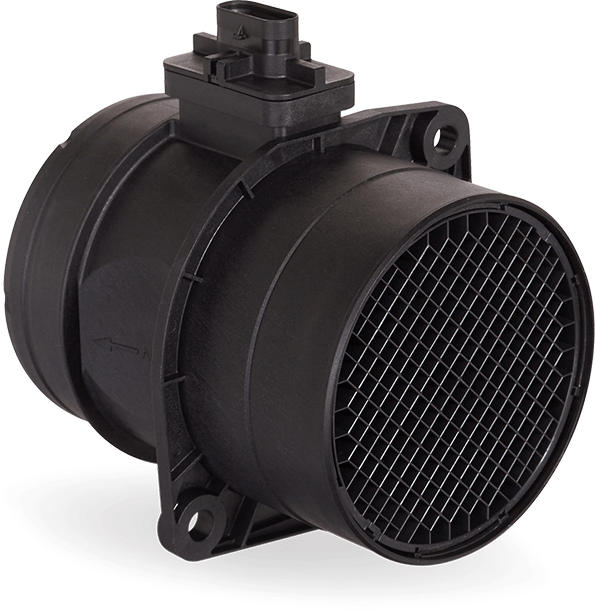In this Electrical engineering, we know about Electronic Systems, Electronics Troubleshooting, Electronic Testing Design, Project Management, Quality Focus, Database Design, Analyzing Information , Reporting Research Results, Attention to Detail, Emphasizing Excellence, Innovation, this is going to amazing .
20231118
knock sensor
20231113
Wheel speed sensor
camshaft position sensor
The camshaft sensor enables the engine control to determine the exact position of the crankshaft drive. This information is required to calculate the ignition point and injection point, among other things. On this page, you can find out how a fault on the camshaft sensor can manifest itself, and which steps should be taken during troubleshooting.
1. CAMSHAFT SENSOR FUNCTION:
FUNCTIONAL PRINCIPLE
The task of the camshaft sensor is to work with the crankshaft sensor to define the exact position of the crankshaft drive. Through the combination of both sensor signals, the engine control unit knows when the first cylinder is in the top dead point.
This information is needed for three purposes:
(1)For the start of injection during sequential injection.
(2)For the actuation signal of the solenoid valve for the pump-nozzle injection system.
(3)For cylinder-selective knocking control.
The camshaft sensor works according to the Hall principle. It scans a ring gear on the camshaft. The rotation of the ring gear changes the Hall voltage of the Hall IC in the sensor head. This change in voltage is transmitted to the control unit and evaluated there in order to establish the required data.
2.SYMPTOMS OF A FAULTY CAMSHAFT POSITION SENSOR: SYMPTOMS
A faulty camshaft sensor can cause the following symptoms:
(1)Starting difficulties
(2)Engine indicator lamp comes on
(3)Fault code is stored
(4)Control unit enters an emergency program
3. CAMSHAFT POSITION SENSOR FAULTY: CAUSE OF FAILURE
Reasons for failure of the camshaft sensor can be:
(1)Mechanical damage
(2)Break in the encoder wheel
(3)Internal short circuits
(4)Interruption in connection to the control unit
4. CHECKING THE CAMSHAFT POSITION SENSOR: TROUBLESHOOTING
TROUBLESHOOTING:
Check sensor for damage ✓
Read out the fault memory ✓
Check the electrical connections of the sensor wiring, the connector, and the sensor for correct connection, breaks, and corrosion.
1. Checking the connection line
Check the connection line from the control unit to the sensor using the ohmmeter. Remove the connector from the control unit and remove the sensor, check the individual cables for continuity. A circuit diagram is required for the pin assignment. Reference value: approx. 0 Ohm.
2. Checking the connection lines for short circuit to frame
Check the connection lines for short circuit to frame. Measurement between sensor plug and vehicle ground, control unit plug removed. Reference value: >30 MOhm
3. Checking the supply voltage
Check the supply voltage from the control unit to the sensor. Insert the control unit plug, switch the ignition on. Reference value: approx. 5 V (note manufacturer's specifications).
4. Checking the signal voltage
Check the signal voltage. Connect the measuring cable from the oscilloscope and start the engine. A square wave signal must be displayed on the oscilloscope.
Mass airflow sensors
4 pin relay wiring
Load Moment Indicator
🏗️ Load Moment Indicator (LMI): The Crane’s Safety Brain 🔎 Introduction: The Silent Partner in the Cab Picture this: a 100‑ton beam...

-
What is a digital multimeter? A digital multimeter is a test tool used to measure two or more electrical values—principally vol...
-
A Chinese construction machinery manufacturer, having taken on the mission of contributing to our motherland through industry an...
-
What is transformer ? A Transformer is a static electrical device that transfers electrical energy between two or. more circuits thro...










